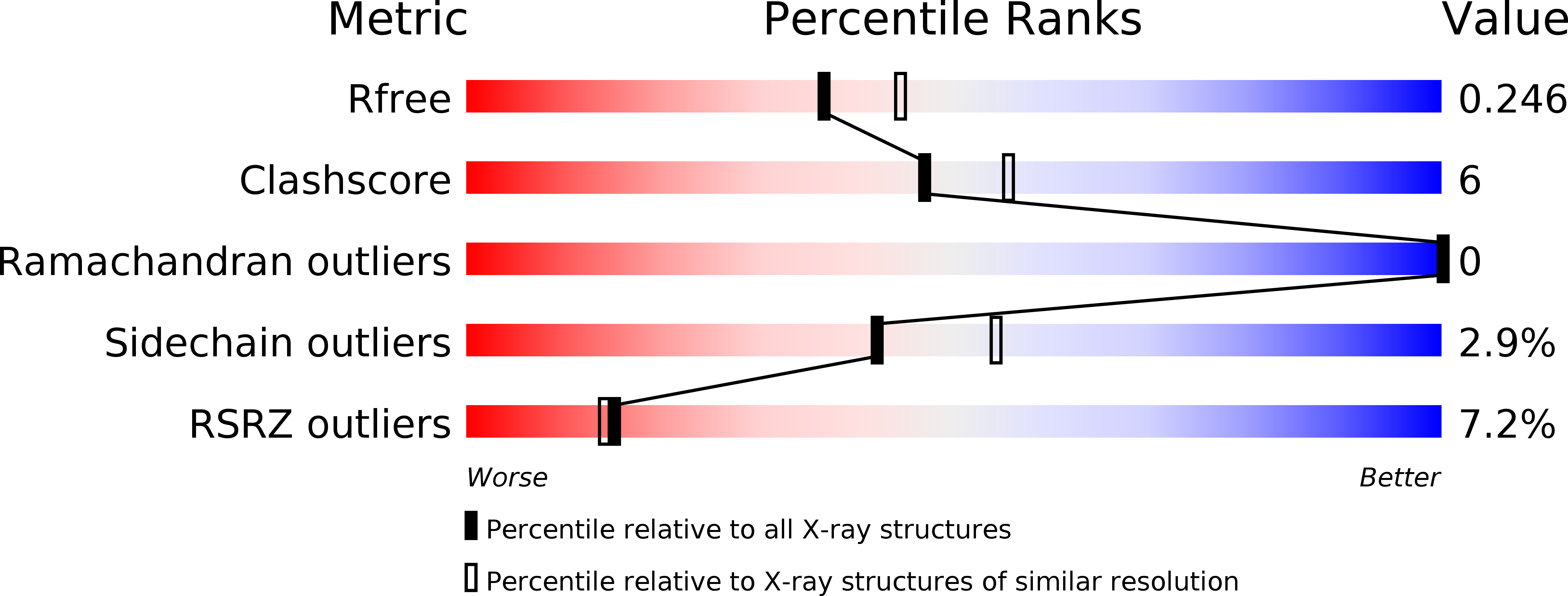
Deposition Date
2017-04-21
Release Date
2017-10-25
Last Version Date
2024-10-23
Entry Detail
Biological Source:
Source Organism:
Host Organism:
Method Details:
Experimental Method:
Resolution:
2.20 Å
R-Value Free:
0.24
R-Value Work:
0.17
R-Value Observed:
0.18
Space Group:
C 2 2 21


